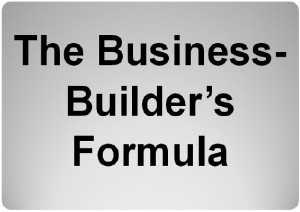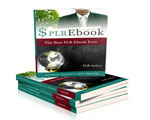
 License Type: Private Label Rights
License Type: Private Label Rights  File Size: 1,157 KB
File Size: 1,157 KB File Type: ZIP
File Type: ZIP
 SKU: 4762
SKU: 4762  Shipping: Online Download
Shipping: Online Download
Ebook Sample Content Preview:
Large corporations often use what’s called the “open house,” or brand-building, model of advertising, which is expensive, time-consuming, and requires a lot of brand equity and trust over time before people make decisions to buy from them.
With the “marketing funnel” model, a person makes a small purchase (yes, supplying an email or physical mailing address is considered a payment of sorts), and over time you “funnel” your customers towards more and more high-end products and services, step by step, by selling them to the next level.
The two are entirely different business models, and they both work in their own ways. For most entrepreneurs, however, the brand-building model is too cost-prohibitive and time-consuming to use by itself, involving many resources that simply aren’t practical. That doesn’t mean you shouldn’t use it within your means. In fact, you’ll soon see how to incorporate both the open house and marketing funnel models in your system (for starters…we’re just getting warmed up!).
So by “funneling” (others call it “backending” or “up-selling”—Dan Kennedy calls it "gathering the herd") your prospects into paying customers, you’re setting the stage to provide tremendous value to them. So much value, in fact, that your customers begin to look forward to receiving content from you. And with that value comes the opportunity to take your customer to the next level, where you can sell higher-end goods to them.
And this isn’t a one-sided benefit. Both you and your customer benefit by this relationship. Your customer benefits when he gets even more value…something he really wants. You’re helping him in that regard. And of course you benefit as well by slowly graduating your customer to your “A” list, where you can provide even more value.
I once knew a salesman from a large workforce management company. This company sold expensive computer systems that helped call centers forecast their incoming call volume, determine how many customer service people they needed to handle those calls, and even generate the most efficient schedules for those reps in order to maintain a desired level of service.
This guy was an old pro when it came to managing his leads. When a potential client company would issue a request for proposal to him (basically an opportunity for his company to provide a quote based on the issuing company’s needs), he would keep track of all the people involved in the decision-making process, plus any supporting personnel. Basically anyone’s info he could get his hands on.
Now when he learned that a key person moved from one company to another (which was fairly common), and that new company was in the market for his product, he would personally contact his “lead” from the old company (now working for the new one) and continue his funneling efforts there, while still maintaining the funnel at the old company.






